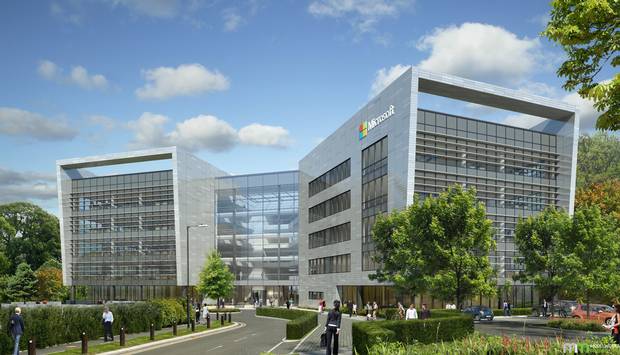Microsoft looks to be expanding its physical footprint even further after news surfaced that the company applied for and was approved for a re-zoning permit on 279 acres it purchased earlier this year in Arizona.
The company’s new plot of land, near the Phoenix Goodyear Airport, is reported to have cost Microsoft upwards of $48 million. While purchasing land is nothing new for Microsoft, especially during a time when cloud service providers are competing on the number of server farms they can host, what’s interesting about the new purchase is precisely the classification of the area.
Microsoft’s new piece of Phoenix land has been declared a Superfund site due in large part to the toxicity of the area caused by years of AirForce testing, run-off, and other practices.
According to the AZCentral publication, the Goodyear City Council (yep, that’s a real name) approved of Microsoft’s request after a 14-minute discussion with the following concessions for building:
- Increasing building height from 50 feet to 60 feet.
- Increasing how much of the land can have buildings.
- Building with a metal facade.
- Using chain-link fencing.
Microsoft has been relatively tightlipped about the entire purchase with only a few details being disclosed through public record, however, concluding its recent Zoning Commission meeting, a spokesperson did issue the following statement via email,
“Microsoft currently operates in Arizona and is continuously exploring new locations to support the growing demand for our products and services. There is no additional information to share at this time.”
So far, what Microsoft plans to do with its 279 acres of toxic land remains shrouded by a vague “technology center” banner found in documents, it’ll be interesting to see what $48 million turns into.
While former CEO Bill Gates only servers in an advisory role to current Microsoft CEO Satya Nadella, it should be noted that Gates has already invested $80 million through his investment group to build a “smart city” roughly 20 miles away.


